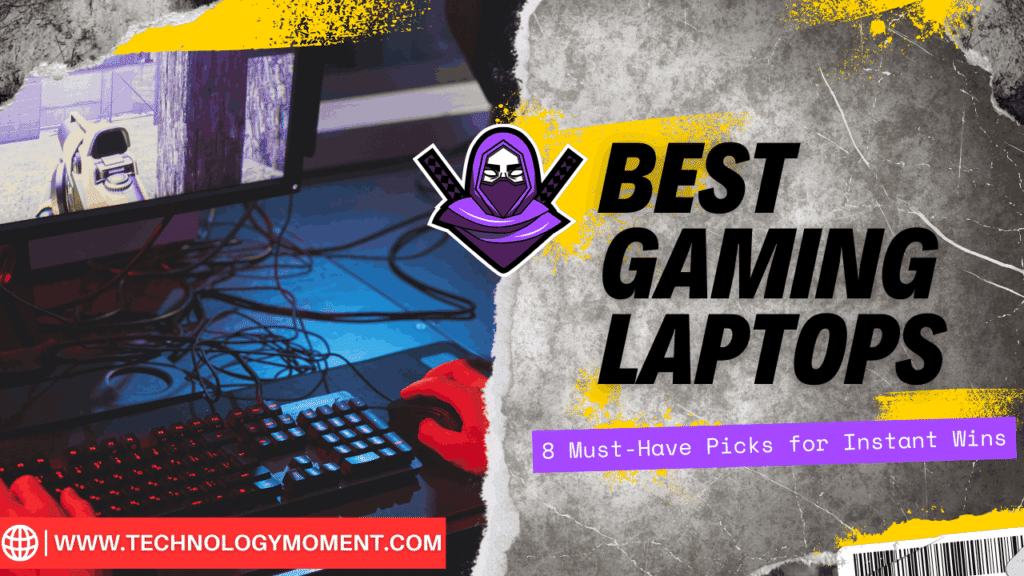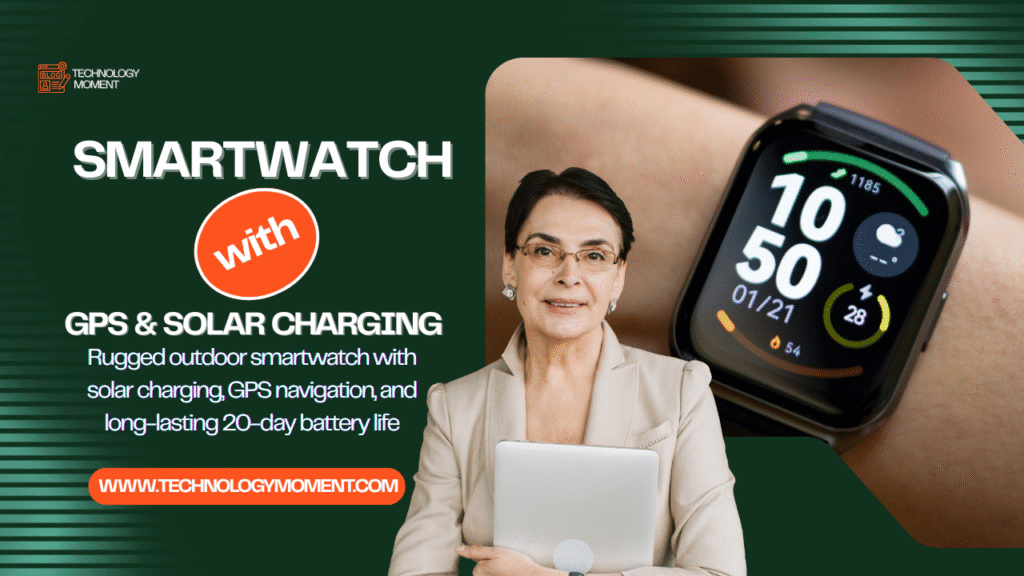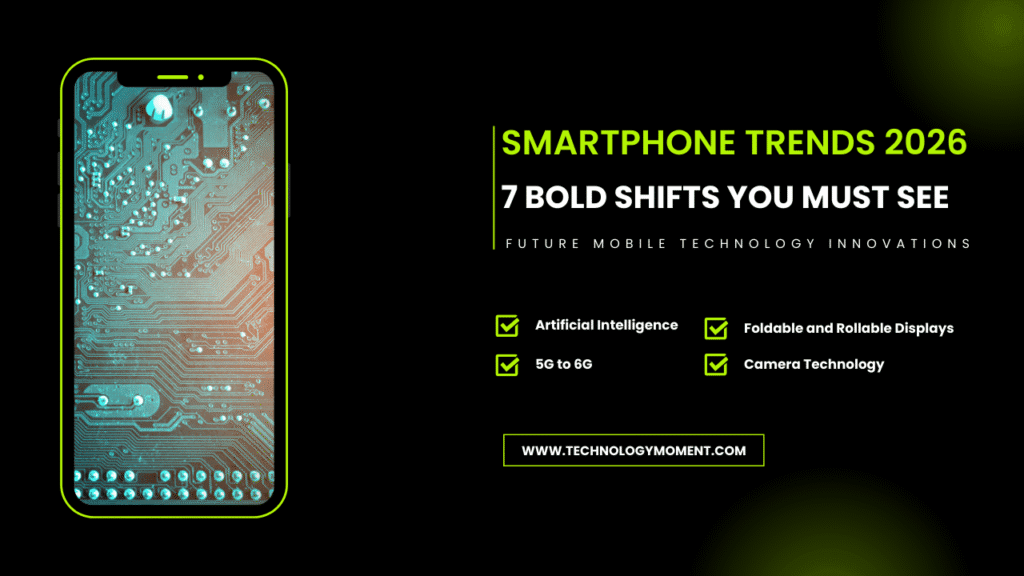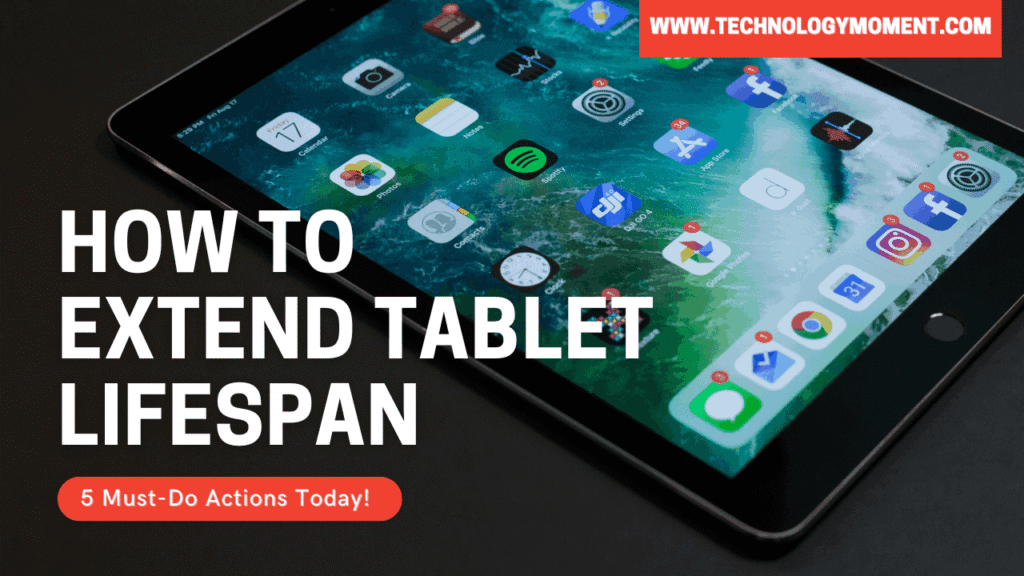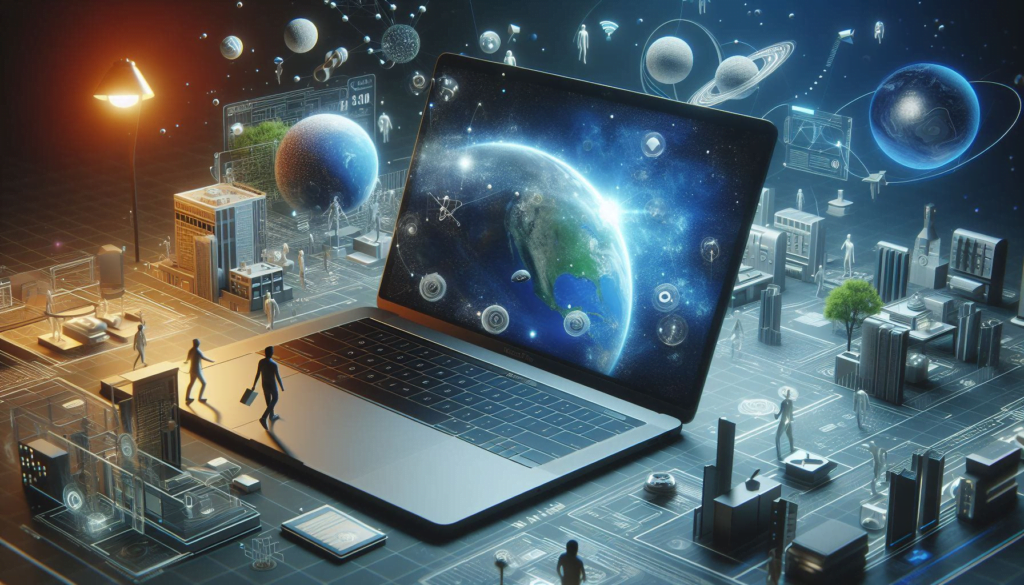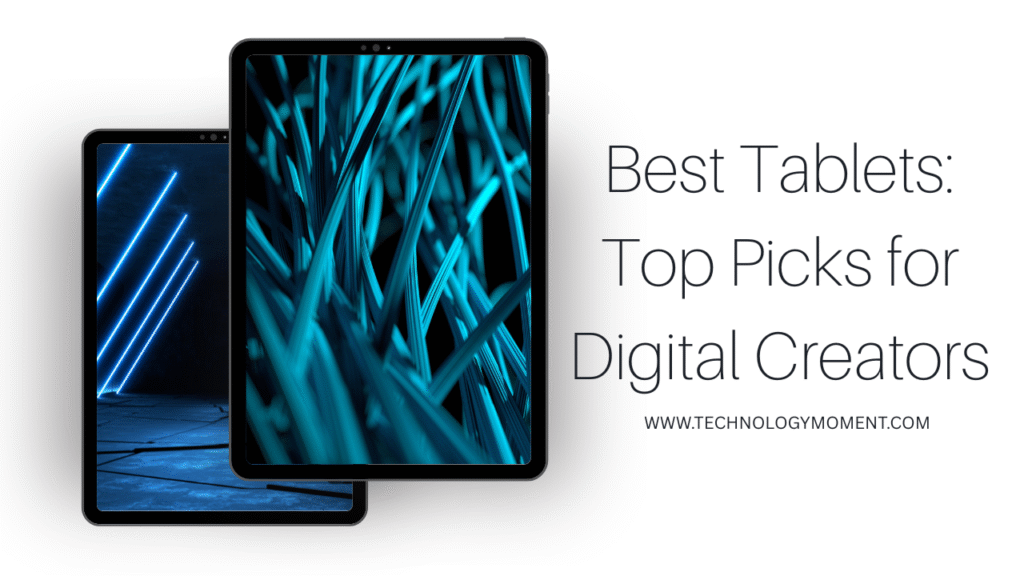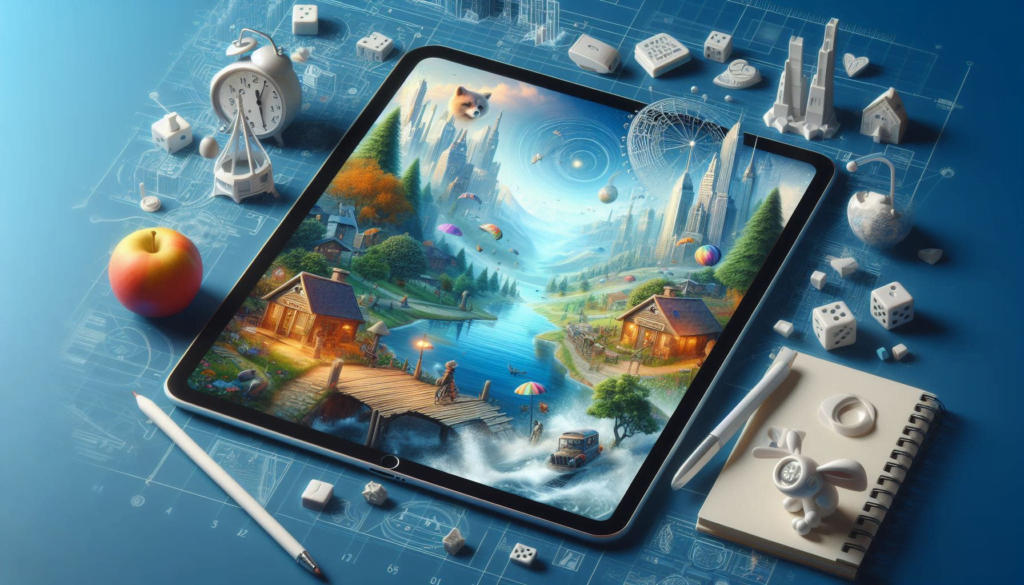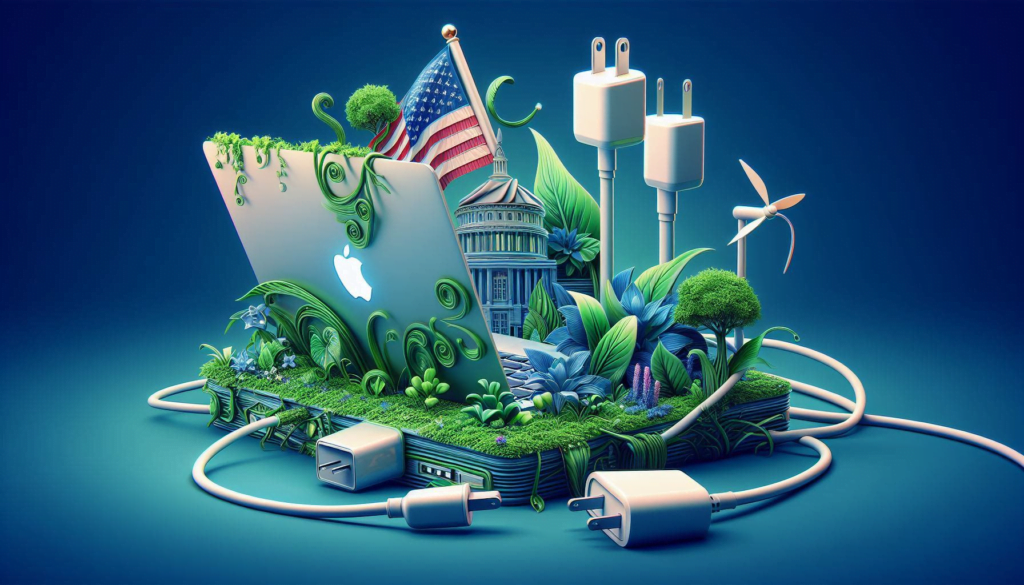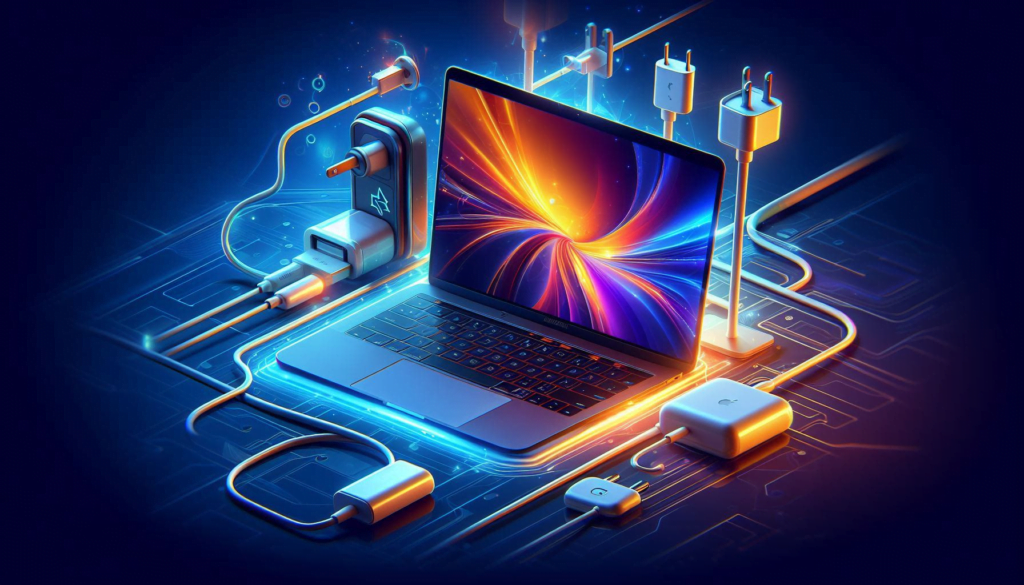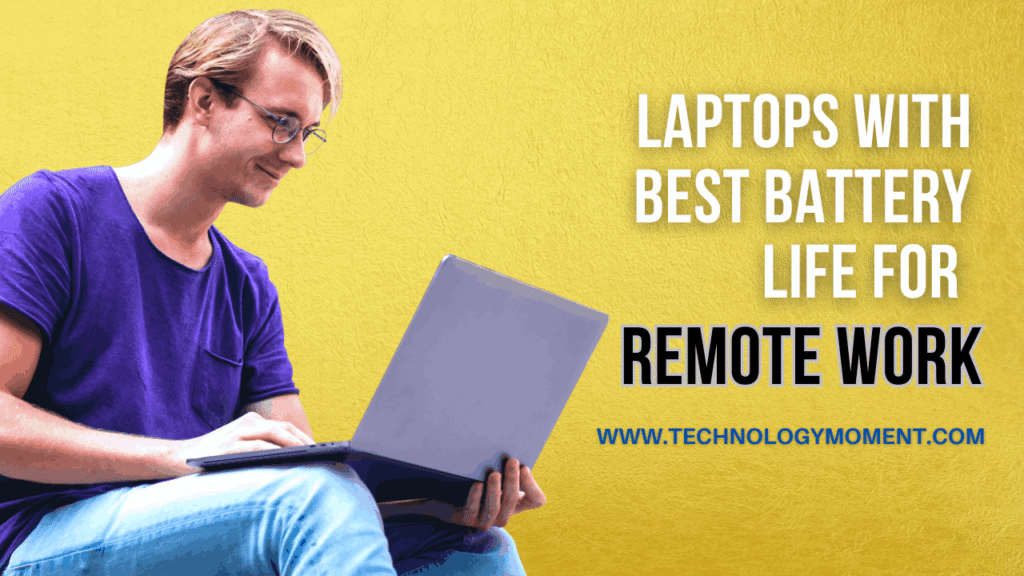
Hey there, tech lover! Welcome to Technology Moment, your go-to place for everything modern, smart, and digital. Whether you’re working from a cozy café, your home office, or a beachside hut, we’re here to help you make the most of your tech life. Laptops with best battery life for remote work.
Today, we’re diving into something every remote worker cares about — laptops with the best battery life in 2026. Because let’s face it, when you’re working on the go, your battery is your lifeline. No one wants that low-battery panic in the middle of an important meeting, right?
Remote work is now the norm, and your laptop needs to keep up with your lifestyle — long hours, multiple tabs, video calls, and endless creativity. The perfect remote work laptop isn’t just about speed or looks anymore. It’s about how long it can stay alive when you’re unplugged.
In this post, we’ll explore how today’s top laptops are changing the game. You’ll learn what really affects battery life, which models lead the pack in 2026, and a few smart tips to make your battery last even longer.
So, grab your coffee, get comfy, and let’s find out which laptops truly deliver the power and endurance you need for your remote work journey.
Table of Contents
Understanding Battery Life in Laptops
When it comes to remote work, battery life is like your lifeline. You could have the fastest laptop on the planet, but if it dies in the middle of an important Zoom call, it’s useless. That’s why knowing what actually affects battery life helps you make a smarter choice.
The first big factor is the processor. Think of it as your laptop’s brain. New chips like Apple’s M4 or AMD’s Ryzen AI don’t just work faster—they work smarter. They automatically reduce energy use when your workload is light, which keeps your battery running longer.
Next is the display. The brighter and sharper your screen, the more power it eats. OLED screens look beautiful, no doubt, but they can drain battery faster at high brightness. Luckily, new models use adaptive brightness and refresh rates to balance quality and efficiency.
Another key factor is software optimization. The way your laptop’s operating system manages background tasks has a huge impact. Windows 12, macOS Sequoia, and ChromeOS 2026 now include built-in “Smart Saver” modes that adjust performance in real time.
Finally, real-world usage matters. Web browsing, emails, and writing documents barely use power, while editing videos or gaming can cut battery life in half. It’s not about how big the battery is—it’s about how efficiently it’s used.
Key Features to Consider for Remote Work
Choosing a laptop for remote work isn’t only about power. It’s about how well it fits into your daily routine. You might be working from a beach café, a hotel lobby, or your living room sofa. Your laptop should make that experience effortless.
Portability is key. A lightweight laptop means freedom. Carrying a 2 kg device every day can be tiring. Models under 1.3 kg hit the sweet spot between performance and comfort.
Connectivity matters too. In 2026, Wi-Fi 7 and Bluetooth 6 are standard. They give faster and more stable connections, even in crowded networks. That’s a lifesaver during virtual meetings or when uploading large files.
The display plays a role in your comfort. For long hours, you need an eye-friendly screen. Look for anti-glare coatings and blue-light filters. These reduce strain and keep you productive longer.
Charging speed is another game-changer. No one likes being stuck near an outlet for hours. Modern USB-C chargers can juice up your laptop to 50% in under 30 minutes. That’s perfect for quick recharges between tasks or while traveling.
And don’t forget build quality. A sturdy design ensures durability when you’re always on the move. Aluminum builds last longer and feels premium without adding much weight.
When you combine these features—lightweight design, strong connectivity, great display, and fast charging—you get a laptop that’s truly made for remote work.
Top 10 Laptops with the Best Battery Life for Remote Work in 2026
In 2026, laptop makers are in a serious battery race. Some models now last over 20 hours, making them perfect for remote workers who move around all day. Whether you’re a writer, designer, or business traveler, there’s a laptop for your lifestyle. Let’s look at the top contenders that offer unbeatable endurance and performance.
1. Apple MacBook Air M4 (2026 Edition)
The Apple MacBook Air M4 is a dream for remote professionals. It’s slim, silent, and incredibly efficient. Apple’s M4 chip sets new standards in energy efficiency. It adapts automatically to your workflow, meaning you can go from writing emails to editing photos without worrying about draining your battery.
On a single charge, this laptop can easily last up to 22 hours. That’s more than enough for a full day of work, plus entertainment at night. The new Liquid Retina display is brighter yet more efficient, thanks to Apple’s adaptive refresh technology.
What makes the MacBook Air M4 stand out isn’t just its battery—it’s the total experience. The fanless design keeps it whisper-quiet, even under load. macOS Sequoia is smoother and smarter, optimizing background apps automatically. For travelers and remote workers, this laptop is almost perfect: light, reliable, and powerful.
If you’re always on the go and need a machine that keeps up with your energy, the M4 Air won’t disappoint.
2. Dell XPS 13 Plus (2026 Model)
Dell’s XPS 13 Plus continues to impress. In 2026, it has evolved into a sleek productivity beast. The design is futuristic—an edge-to-edge keyboard, ultra-thin bezels, and a minimalist body. But the real surprise? Its endurance.
The XPS 13 Plus delivers up to 19 hours of battery life, even with its stunning OLED display. Dell uses adaptive brightness and refresh rate features that balance power and performance beautifully.
It’s powered by Intel’s latest Core Ultra processors, designed to handle AI-powered workloads efficiently. Whether you’re editing spreadsheets, coding, or streaming, this laptop stays cool and lasts long.
Another plus is the fast-charging capability. You can get an 80% charge in just 40 minutes. That’s ideal for anyone hopping between meetings or flights. Dell has also improved its thermal design, keeping performance steady without heating up your lap.
If you value design, power, and durability in one slim package, the XPS 13 Plus 2026 might just be your perfect remote companion.
3. HP Spectre x360 14 (2026)
The HP Spectre x360 14 is where style meets versatility. This 2-in-1 laptop is built for people who crave flexibility—whether you’re typing, sketching, or presenting. Its battery life? Simply outstanding. You can expect around 20 hours of real-world use, which is impressive for a convertible.
HP’s new hybrid power optimization system intelligently adjusts CPU and GPU performance. This means smoother multitasking and minimal battery drain. The OLED touchscreen adds a touch of luxury without sacrificing efficiency.
For remote professionals, the X360 14 shines because of its adaptability. You can flip it into tablet mode during creative tasks or tent mode for movies after work. It also supports ultra-fast Wi-Fi 7 and comes with HP’s AI Noise Reduction for crystal-clear video calls.
What makes this laptop even more appealing is its design. It feels premium yet practical. The keyboard is comfortable for long typing sessions, and the webcam delivers studio-quality video.
If you’re looking for a device that combines portability, endurance, and creativity, the HP Spectre x360 14 is one to watch in 2026.
4. ASUS ZenBook S 14 (2026 Edition)
If you love a blend of style, lightness, and incredible endurance, the ASUS ZenBook S 14 (2026 Edition) is the perfect match for you. This laptop feels like it’s made for people who live life on the go — whether you’re writing reports from a mountain lodge or joining meetings in a café.
The ZenBook S 14 doesn’t just look premium; it performs like a champ. It’s a new Intel Core Ultra 7 processor with built-in AI that adapts power use in real-time. That means it saves energy when you’re browsing or typing, and boosts performance when you’re multitasking.
Battery life is the star of the show here — lasting up to 22 hours on a single charge. That’s almost an entire day and night of work without reaching for your charger. The 14-inch OLED display is both energy-efficient and stunning to look at. You’ll get deep blacks, sharp details, and vivid colors that make every image pop.
And it’s super thin — under 1 cm thick — and weighs around 1 kg. You can slip it into a backpack and forget it’s even there. Whether you’re a remote designer, marketer, or writer, the ZenBook S 14 delivers long-lasting performance with unmatched elegance.
5. Lenovo ThinkPad X1 Carbon Gen 12
When you hear the word ThinkPad, reliability is probably the first thing that comes to mind — and the 2026 X1 Carbon Gen 12 continues that legacy. This laptop feels like it was designed for serious professionals who need a machine that never quits.
The X1 Carbon Gen 12 offers around 20 hours of real-world battery life, even with heavy use. That’s thanks to its ultra-efficient Intel Core Ultra series chip and Lenovo’s smart power management software. It learns your usage habits and adjusts power delivery automatically.
The 14-inch 2.8K display is a joy to use. It’s bright, crisp, and friendly on your eyes during long video calls. The keyboard? Still one of the best you’ll ever type on — smooth, responsive, and quiet. It’s a dream for writers and coders alike.
But what sets this ThinkPad apart is its durability. The carbon fiber body is lightweight yet rugged, making it a great travel companion. Combine that with military-grade build quality, and you get a laptop that’s built to survive long flights, busy schedules, and endless work sessions.
For global professionals who rely on stability and power efficiency, the ThinkPad X1 Carbon Gen 12 is one of 2026’s top choices.
6. Microsoft Surface Laptop 6
The Microsoft Surface Laptop 6 strikes the perfect balance between simplicity and performance. It’s designed for remote workers who appreciate clean design, reliable battery life, and a smooth Windows 12 experience.
You can expect around 21 hours of battery life, even with video calls, document editing, and streaming. The reason? Microsoft has optimized every inch of this laptop for energy efficiency. The adaptive refresh rate adjusts based on what you’re doing — lower when reading, higher when scrolling or designing.
It’s powered by the next-gen Snapdragon X Elite chip, which runs silently and stays cool. The touchscreen adds another layer of convenience, letting you switch between typing and tapping effortlessly.
And the design — it’s minimalist, lightweight, and feels premium. The keyboard is soft yet tactile, and the large precision touchpad makes navigation easy. Whether you’re presenting over Teams or editing slides, the Surface Laptop 6 stays powered and productive.
This laptop is all about making remote work smooth, smart, and elegant — with zero battery anxiety.
7. Acer Swift Edge 16
The Acer Swift Edge 16 has quietly become a global favorite among digital nomads. It’s sleek, super light, and surprisingly powerful for its size. Powered by AMD’s Ryzen AI 9 processor, it’s built to deliver both speed and battery efficiency.
You’ll get up to 19 hours of battery life, which means you can handle a full day’s work, watch a movie, and still have juice left. Its 16-inch 3.2K OLED display offers sharp details and vivid color, yet it’s tuned for lower power consumption.
Despite its large screen, the laptop weighs less than most 13-inch models. It’s perfect for people who travel often but still want a large, comfortable display for productivity or creative work.
Acer has also added smart AI-assisted battery management. It learns your habits — like how long you spend in meetings or browsing — and tweaks background power use accordingly. So, your battery doesn’t drain on tasks that don’t need full performance.
In short, the Swift Edge 16 offers luxury-level visuals, long endurance, and lightweight mobility at a refreshingly practical price.
8. Samsung Galaxy Book4 Ultra
If you already live in the Samsung ecosystem, the Galaxy Book4 Ultra will feel like a natural extension of your world. This laptop is sleek, powerful, and built for people who never want to stop moving.
It features a hybrid NVIDIA RTX GPU with power optimization that kicks in when needed and stays quiet when you’re just browsing or working on documents. The result? Up to 18 hours of solid battery life on a single charge.
The AMOLED display is breathtaking. It’s perfect for creatives, video editors, and designers who crave color accuracy. And if you own a Galaxy phone or tablet, you can drag and drop files between devices like magic.
Samsung’s AI-driven power manager ensures you squeeze every minute from your battery. The 100W fast charging gets you to 50% in under 30 minutes — perfect for those coffee-break recharges.
For global travelers, freelancers, or entrepreneurs who need both muscle and longevity, the Galaxy Book4 Ultra is an all-around champion.
9. LG Gram 17 (2026)
The LG Gram 17 (2026) continues to redefine what a big-screen laptop can be. It’s large, yes — but shockingly light. We’re talking under 1.4 kg for a 17-inch powerhouse.
The most impressive part? The battery life. This laptop runs close to 20 hours per charge, even with that expansive WQXGA screen. LG’s optimization software keeps the display bright and crisp while maintaining efficiency.
For anyone working with multiple windows, spreadsheets, or creative projects, the Gram 17’s screen is a productivity dream. You’ll love the extra space, especially for editing or multitasking.
It’s not just about looks — it’s about comfort and endurance. The magnesium alloy frame feels premium yet light enough to carry anywhere. Plus, LG’s AI Smart Battery mode ensures power is used only where it’s needed.
If you’re a global remote worker who wants a big canvas without sacrificing portability or battery life, the Gram 17 is in a league of its own.
10. Razer Blade 14 (2026)
The Razer Blade 14 (2026) isn’t just for gamers anymore — it’s for anyone who demands high performance without losing battery life. Razer has managed to make a powerhouse that’s both sleek and energy-efficient.
Equipped with the new AMD Ryzen AI 9 HX processor, it delivers blazing speed while consuming less power. You can expect up to 16 hours of battery life, which is impressive given its performance level.
The 14-inch QHD+ display is crisp and smooth, making it great for designers, video editors, or anyone working in visuals. The aluminum chassis feels premium yet compact, perfect for travel.
Razer has also fine-tuned its cooling and battery system. The laptop intelligently manages power draw based on what you’re doing — saving battery during lighter tasks and ramping up performance only when needed.
For professionals who need power and portability in one sleek package, the Razer Blade 14 (2026) is a serious contender. It’s proof that performance and endurance can live in perfect balance.
How to Maximize Your Laptop’s Battery Life
If you’re working remotely, your laptop’s battery is your lifeline. It’s what keeps you connected, productive, and stress-free when you’re away from an outlet. Maximizing battery life isn’t magic — it’s smart management. The way you use your device matters just as much as the hardware inside.
Start by keeping your screen brightness low. The display is one of the biggest energy consumers, and dimming it just a little can make a big difference. If your laptop has adaptive brightness, let it adjust automatically to your surroundings.
Next, focus on what’s running in the background. Apps and browser tabs love to eat up power quietly. Close what you don’t need. Every little process adds up, and shutting them down gives your battery some breathing room.
Most laptops today come with built-in battery savers or eco modes. These settings automatically reduce performance and adjust visuals to save energy. Use them often, especially when you’re working on light tasks like emails or writing.
Keeping your laptop cool also helps. Heat drains batteries faster, so make sure the vents are clear and avoid placing your device on soft surfaces like beds or couches. And remember, regular software updates often include battery optimization fixes — so don’t skip those updates.
Charging habits matter too. Try not to let your laptop fully discharge often, and avoid keeping it plugged in 24/7. A charge range between 20% and 80% keeps your battery healthy longer. Think of it as keeping your laptop on a balanced diet — not starving it, not overfeeding it.
The secret to great battery life is consistency. The small things you do daily — like managing brightness, closing apps, and charging smartly — can extend your battery’s lifespan by months, even years.
Best Practices for Remote Workers
Working remotely sounds easy until your laptop battery starts flashing red in the middle of a meeting. That’s when smart habits can save your day. Remote work isn’t just about flexibility; it’s about efficiency and preparedness.
One of the best things you can do is create a workspace that supports your laptop’s needs. Always keep a charging spot nearby, but don’t rely on it completely. Having a portable power bank designed for laptops can give you hours of extra juice when you’re on the move.
If you’re traveling or working outdoors, plan your day around your device’s energy. For example, finish high-performance tasks — like video editing or coding — while plugged in. Save lighter tasks, such as writing or browsing, for battery mode.
Another trick is to use dark mode whenever possible. It’s easier on the eyes and saves energy, especially on OLED displays. Turn off Bluetooth and Wi-Fi when you don’t need them. These small wireless connections can quietly drain your battery over time.
You should also develop the habit of organizing your workflow. Batch your tasks so your laptop isn’t constantly switching between heavy and light processes. The smoother your workflow, the less stress on your system — and the longer your battery lasts.
Lastly, consider investing in energy-efficient accessories. A wireless mouse that automatically turns off when idle or a USB-C hub that draws minimal power can make your remote setup smarter. It’s all about working with your laptop, not against it.
Comparing Battery Life Benchmarks (2026 Data)
The year 2026 has brought some major advancements in battery technology. Laptop manufacturers are no longer competing only on performance — they’re battling for endurance. But how do they really compare? Let’s break it down.
Apple still leads the pack. The MacBook Air M4 and MacBook Pro M3 consistently offer 18–22 hours of real-world use. Apple’s custom silicon chips are built for efficiency, making them ideal for long working hours and travel.
On the Windows side, Dell’s XPS 13 Plus and HP Spectre x360 14 have narrowed the gap. With Intel’s latest low-power chips and adaptive displays, they can last around 15–18 hours depending on workload. The optimization between hardware and Windows 12’s new “Eco Mode” has made a visible difference.
Lenovo’s ThinkPad X1 Carbon Gen 12 stands strong for business users. It averages 17 hours under heavy multitasking — video calls, spreadsheets, and multiple browser tabs. Lenovo’s smart battery management learns your habits and adjusts performance automatically.
ASUS ZenBook S 14 and Acer Swift Edge 16, both using AMD Ryzen AI processors, are also impressive contenders. They adapt to your workload dynamically, giving you an intelligent mix of power and endurance.
While manufacturers advertise long hours, real-world usage tells a clearer story. Streaming, multitasking, and background sync can reduce runtime by up to 20%. The key takeaway? No brand offers infinite life — but 2026 laptops are smarter, more efficient, and far better than anything we had even two years ago.
Environmental Impact and Sustainability
Battery technology isn’t just about convenience anymore — it’s about responsibility. The world is shifting toward greener energy solutions, and laptops are a part of that movement.
Manufacturers now focus on sustainable materials and recyclable batteries. Brands like Apple, Dell, and HP are designing devices using recycled aluminum and ocean-bound plastics. It’s a small step that creates a huge impact when scaled globally.
The rise of solid-state batteries is another game-changer. They store more energy in less space, charge faster, and last longer — all while being less harmful to the environment. These innovations mean fewer replacements and less electronic waste over time.
Power-efficient chips also play a huge role. Every new generation of processors consumes less power for the same performance, which reduces global energy demand. When millions of laptops use less electricity daily, the overall environmental effect is massive.
Sustainability also depends on us as users. Proper charging, responsible recycling, and extending the lifespan of our devices are all part of the bigger picture. A laptop that lasts five years instead of three reduces production waste and energy use by nearly half.
In 2026, sustainability isn’t a luxury — it’s a necessity. The laptops we choose, the way we use them, and the decisions manufacturers make all contribute to a more balanced future for the planet.
Future Trends in Laptop Battery Technology
The future of laptop batteries looks incredibly exciting. Gone are the days when a laptop dying halfway through your meeting was normal. In 2026 and beyond, we’re entering an era where your laptop could outlast your entire workday — and still have juice left for Netflix at night. Let’s talk about what’s changing.
The first big trend is solid-state batteries. These are the next evolution after lithium-ion. They store more energy in a smaller space, charge faster, and are much safer. Imagine charging your laptop in under 15 minutes and using it for nearly two days straight — that’s what solid-state tech promises. Several companies are already testing prototypes, and we could see mainstream models soon.
Then there’s AI-driven power management. Your laptop will soon “think” about how you use it. It’ll learn your daily habits — how long you work, what apps you use most, when you take breaks — and adjust its power use automatically. Instead of wasting battery on background tasks, your laptop will smartly shut down unnecessary processes. The result? More hours of productivity and less stress about plugging in.
Another fascinating trend is wireless charging for laptops. Picture this: you sit down at a café, open your laptop, and it begins charging without any cables. Several manufacturers are developing charging mats and desks that transmit energy through magnetic resonance. It’s like Wi-Fi for power. You won’t need to carry bulky chargers anymore.
We’ll also see solar-powered laptops making their debut. Especially in regions with high sunlight, solar-integrated lids could keep your device powered throughout the day. While this tech is still early, it’s a big leap for sustainability.
And let’s not forget about eco-friendly innovations. Brands are now designing batteries made from recyclable materials and using biodegradable casings. With global awareness about e-waste rising, the focus is shifting toward green tech that doesn’t harm the planet.
In short, the future of laptop batteries is bright — literally and figuratively. We’re heading toward a world where charging once a day feels outdated and laptops become smarter about how they use power. The next few years will redefine what “battery life” really means.
Conclusion -Laptops with best battery life for remote work
If you work remotely, your laptop isn’t just a gadget — it’s your daily companion. And a great companion should never quit on you halfway. Choosing a laptop with strong battery life means choosing peace of mind. It’s about freedom — the freedom to work from a beach, a train, or a quiet park without worrying about a power socket.
The laptops of 2026 are breaking old limits. They’re faster, lighter, and built to last longer than ever before. Whether you’re a writer, designer, entrepreneur, or student, the best device for you will balance power and endurance. As technology evolves, we’re not just getting longer battery life — we’re getting smarter energy use that understands our needs.
In the end, remember this: a powerful battery doesn’t just save time; it fuels creativity. It lets you stay inspired, connected, and productive — wherever life takes you.
FAQs
Which laptop brand offers the longest battery life in 2026?
Apple still leads the pack with its MacBook Air M4, delivering nearly 24 hours of battery life under moderate use. However, Dell’s XPS 13 Plus and ASUS ZenBook S 14 also offer excellent endurance, giving you plenty of all-day reliability.
Are OLED laptops good for battery life?
OLED displays look stunning, but they can consume more power if you use high brightness settings. Luckily, modern OLED panels are becoming more efficient, and when used with adaptive brightness, they offer both beauty and long battery life.
How many hours is considered “good” for remote work laptops?
Anything above 15 hours is great for remote work. It allows you to handle video calls, document editing, and browsing without charging all day. The latest models in 2026 can easily go beyond 20 hours.
Can AI improve laptop battery performance?
Absolutely! AI now plays a huge role in extending battery life. It analyzes your usage habits, identifies power-hungry apps, and adjusts system settings automatically. It’s like having a smart assistant managing your energy use 24/7.
Is fast charging safe for long-term battery health?
Yes — if done correctly. Modern laptops come with built-in safety chips that regulate charging speed and prevent overheating. Fast charging is safe as long as you use the original charger and avoid constant 100% top-ups when unnecessary.

